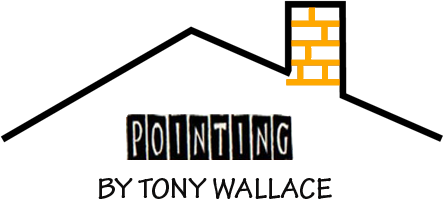Structure Repairs London
- Home /
- Structure Repairs London
Structure Repairs London
Structure Repairs
All things deteriorate over time. Even structures constructed of reinforced concrete require maintenance in order to continue to function as a critical foundation support asset. Cooling Tower structural elements are no different except that the concrete can provide a foundation, containment for cooling process fluids or housing critical mechanical equipment. Regardless of whether the Cooling Tower is based on Natural Draft or Mechanical Draft Technology, deterioration in aggressive environments are generally time dependent as long as regularly scheduled maintenance is performed and changes to the process are minimal.
Before a waterproofing solution can be designed, the following questions should be answered and reviewed:
• What is the basement wall composition (stone, brick, and concrete)?
• What is the location and condition of existing sump pits?
• How high is the water table?
• Is there a perimeter drainage system?
• What is the condition of gutters and downspouts?
• What is the at-grade soil height and slope?
• What waterproofing material (if any) was originally used?
• Are there sink holes/ settlement around the perimeter?
• Are there any incoming underground utilities?
1. Positive Side: A membrane system placed on the exterior face of the structural foundation system.
2. Negative Side: A treatment on the interior surfaces of the structural foundation system that seal specific defects on the entire surface.
Positive Side Waterproofing
Most design professionals generally prefer to repair a leaking below grade structure by excavating earth fill around the foundation. Exterior wall surfaces are cleaned, prepared and a new waterproof membrane is either placed over the existing membrane, or on a repaired substrate. The cost of excavation and soil retention can be expensive, or perhaps not even feasible, because of adjacent structures. When cost and accessibility make positive side membrane application unacceptable, design professionals look to perform repair procedures from the interior.
Negative Side Waterproofing
There are four basic techniques used for negative side waterproofing. These techniques are briefly described as follows:
1. Chemical grouting: Injection of grout into, or behind the leaking foundation wall or floor defect (crack, joint, honeycomb, etc.).
2. Interior coating or treatment: Placement of membrane (rigid or flexible) on the interior face (exposed substrate) of the wall or floor which is leaking. Treatments can be specific at the leak locations, or over the entire interior substrate. Interior treatments can be chemically reactive or non-reactive with the concrete substrate.
3. Electro-Osmotic Pulse (EOP): A pulsating, direct current, low voltage field is placed in areas of the leakage to stop and move water out of the foundation. These systems have anodes placed on the interior concrete substrates at leak areas and cathodes out into the earth backfill.
4. Water Management: Placement of a drainage plane on the interior surfaces of walls and floors, which leak to collect and redirect said water leakage to a sump collection area.
The effectiveness of these four basic approaches varies considerably in practice. When properly designed and fabricated, anyone of these techniques can have success over a certain life span. Most of these techniques are sensitive to structural movement and wet/dry cycles. Of these four techniques, EOP is the only system with a warranty against leakage from the manufacturer. The other systems rely on contractor installation performance warranties.

